In an extensive and multi-phased international study that lasted for eight years, led by researchers from the School of Plant Sciences and Food Security at TAU and the Volcani Institute, there were new compounds developed that significantly increased the rooting efficiency of cuttings (typically small branches) taken from mature trees. The researchers explain that getting cuttings to root is a critical component in modern agriculture: “A significant number of fruit trees, as well as forest trees and ornamental plants, are today based on cutting propagation: the creation of plants that are genetic clones of an individual with desirable characteristics. Improving the rooting process can contribute to global agriculture in various aspects: developing new, high-quality varieties, lowering prices for farmers and consumers, increasing the economic viability of new cultivars of crops, and adapting crops to the changing climate conditions”.
Enhancing Nature
The research was led by Dr. Roy Weinstain, research student Ohad Roth from the School of Plant Sciences and Food Security at TAU and Dr. Einat Sadot from the Institute of Plant Sciences at the Volcani Institute. Also participating in the research were Dr. Inna Vints from the TAU School of Plant Sciences and Food Security, Prof. Nir Ben-Tal and Dr. Amit Kessel from the Department of Biochemistry and Molecular Biology at TAU, Sela Yechezkel, Ori Serero, Avi Eliyahu, Pan Tzeela, Dr. Vikas Dwivedi, Dr. Mira Carmeli-Weissberg, Felix Shaya, and Dr. Adi Faigenboim-Doron from the Volcani Institute and Prof. Joseph Riov from the Faculty of Agriculture of the Hebrew University of Jerusalem. The study was in collaboration with researchers from the USA, Germany, Denmark and England and published in the prestigious journal Nature Biotechnology.

Left to right: Dr. Einat Sadot, Dr. Roy Weinstain, Ohad Roth & Sela Yechezkel. Photo credit: The Volcani Institute.
Dr. Sadot explains: “vegetative propagation through cuttings is a method used to propagate plants asexually – not through seeds. In this method, a branch is selected from a plant with desirable properties (e.g. fruit taste, drought resistance, disease resistance, etc.), and parts of that branch, called cuttings or propagules, are exposed to conditions that cause them to grow roots and become independent plants. The new individuals created this way were actually clones with the same genetics as the mother plant. For a crop to be economically viable, rooting percentages of at least 50-60% are necessary, and this figure is a significant consideration for farmers. Rooting percentages vary between different genuses of the same family, between different species of the same genus, and even between different cultivars of the same species, and there are important agricultural plants that are particularly difficult to root”.
Cutting-Edge, Literally
To improve the percentage of plants developing roots, it is necessary to expose cuttings to the plant hormone auxin – a procedure that was discovered more than 70 years ago and has hardly changed since. Dr. Weinstain: “The effectiveness of the existing auxin treatment varies from plant to plant. Numerous agriculturally important plants hardly respond to the standard auxin treatment in terms of root formation that couldn’t be commercialized. In our study, we sought to increase the effect of auxin on the cuttings. Evidence in the scientific literature and observations by experts in the field led us to address the question: will a slow release of the auxin in the plant increase the rooting success of the cuttings?” To do this, the researchers first created a ‘library’ of materials based on synthetic auxin conjugates – molecules in which a synthetic auxin attaches to another chemical group that neutralizes its activity but can be released slowly in plant cells. The library was examined using cuttings from a mature Eucalyptus grandis tree, in which the standard auxin treatment reached low rooting percentages of only 10-15%.
Research student Ohad Roth explains: “The initial examination identified several compounds that have a positive effect on the rooting process, and further research focused on the most effective one. We discovered that this compound enables a combination of high permeability to the plant with a prolonged release of the active substance, the synthetic auxin, so that the auxin stays in the plant much longer, up to a week and a half”. Indeed, the upgraded treatment increased the rooting percentage of the Eucalyptus grandis cuttings to 60% – up to 6 times higher than the rooting percentages found using the standard method.
Later, to more deeply understand the new compound’s mode of action, the researchers used the model plant Arabidopsis thaliana. They discovered that the synthetic auxin used in the new material is more stable (breaks down more slowly) in the plant cells compared to the auxin used in the standard treatment. In addition, the researchers identified a family of enzymes in the plant that are responsible for the release of the synthetic auxin. By modeling these enzymes’ structure and biochemical properties, they have identified important characteristics of their activity.
In the next step, the researchers wanted to see if similar enzymes are also present in other plants – assumingly their presence will allow the new material to be used as well as in other crops. They discovered that this family of enzymes is very ancient and preserved throughout evolution in every tree tested. In light of the encouraging findings, they began to test the effectiveness of the materials they developed on various crops.
Transforming Argan Trees to Agricultural Crops
One of the most meaningful crops examined in the study is the argan – the Moroccan oil tree. The researchers: “The global demand for argan oil is increasing by the years because of its incorporation to a large variety of food, health and skincare products. But to date, the almost exclusive source of this oil is the fruits of argan trees that grow endemically in Morocco and multiply by sexual reproduction, i.e. through seeds. All efforts to turn argan into an agricultural crop, which can be propagated by rooting cuttings, have failed – including attempts here in Israel. In our research, we took cuttings from several argan trees growing in Israel, exposed them to the material we developed, and, this way, succeeded in producing large seedlings from elite selections. In collaboration with the Kibbutzim of Ketura, Beit Kama, Hatzerim and Samar, we planted argan plots based on cuttings from individual specimens, which were rooted using the new rooting material, and we are now examining the possibility of turning them into an agricultural crop”.

Encouraging results were also observed in experiments with cuttings from apple trees rootstocks, poplar and other varieties of eucalyptus. Higher rooting percentages were achieved in all of them – twice as high or more when compared to the standard auxin treatment. The researchers conclude: “During the research, we developed a material that significantly improves the rooting percentages of cuttings from mature trees. The development could be significant for global agriculture in three aspects:
● Cost reduction: improving the efficacy of the rooting procedure may significantly reduce the cost of procuring seedlings for farmers and, ultimately, the agricultural produce for consumers.
● Improved produce quality: Thanks to the new method, more high-quality cultivars could developed and traded, negating the need to ‘compromise’ on lower-quality varieties simply because they have high rooting rates.
● Environmental compatibility: developing new crop cultivars that adapt to climate change conditions is imperative to sustain agricultural output. The new method can expedite this process and make it more efficient.
In follow-up studies, we plan to deepen the understanding of the new substances’ mechanisms of action and look for additional compounds, perhaps even more effective ones, that can be used as conjugates to slow down the release of auxin in the plant.”
 “It’s hard to believe that in a little while, five months will have passed since October 7th, a day that will forever be remembered as a terrible disaster for the State of Israel and the Jewish people”, Prof. Porat continued. “The terrible thing that happened that we feel both as a nation, as a country and individually is a pain that does not pass with time, it only grows during this period. If there is a need for a painful reminder, we receive it every day. We all hope for the return of the captives and the recovery of the wounded, and the cessation of soldiers dying in battle. This grove is dedicated to the murdered and fallen, but it also contains a certain sign of hope for the return of the captives”.
“It’s hard to believe that in a little while, five months will have passed since October 7th, a day that will forever be remembered as a terrible disaster for the State of Israel and the Jewish people”, Prof. Porat continued. “The terrible thing that happened that we feel both as a nation, as a country and individually is a pain that does not pass with time, it only grows during this period. If there is a need for a painful reminder, we receive it every day. We all hope for the return of the captives and the recovery of the wounded, and the cessation of soldiers dying in battle. This grove is dedicated to the murdered and fallen, but it also contains a certain sign of hope for the return of the captives”.
 As Prof. Porat planted the first tree in the avenue, a solemn atmosphere took hold, carrying with it a firm commitment to never forget the sacrifices made.
Miriam Haber shared her son’s, Zechariah Pesach’s, pursuits. Zechariah Pesach (RIP) had fallen in battle in Gaza on January 16th. Zechariah fell at the age of 32 and was a very dedicated husband and father to three young children. “The main thing about his fall is a heavy personal loss to his family and friends, but not only that. Zechariah’s choice in the field of plant health and his research topic – Wheat Cultivation Under Stress Conditions, stemmed from his deep love for the land of Israel, the ground of Israel, and all humanity. He chose to help with food security due to the difficult climate changes affecting the earth. We are convinced that his colleagues at TAU will continue to fulfill his scientific dreams”, said Miriam, moving the audience present at the ceremony, with the planting of a tree in memory of her son.
As Prof. Porat planted the first tree in the avenue, a solemn atmosphere took hold, carrying with it a firm commitment to never forget the sacrifices made.
Miriam Haber shared her son’s, Zechariah Pesach’s, pursuits. Zechariah Pesach (RIP) had fallen in battle in Gaza on January 16th. Zechariah fell at the age of 32 and was a very dedicated husband and father to three young children. “The main thing about his fall is a heavy personal loss to his family and friends, but not only that. Zechariah’s choice in the field of plant health and his research topic – Wheat Cultivation Under Stress Conditions, stemmed from his deep love for the land of Israel, the ground of Israel, and all humanity. He chose to help with food security due to the difficult climate changes affecting the earth. We are convinced that his colleagues at TAU will continue to fulfill his scientific dreams”, said Miriam, moving the audience present at the ceremony, with the planting of a tree in memory of her son.
 Miriam Haber speaking to campus members.
Miriam Haber speaking to campus members.
 Our hearts are always with the families of the fallen and the captives, and we all hope that they will all soon return to us in peace.
Our hearts are always with the families of the fallen and the captives, and we all hope that they will all soon return to us in peace.


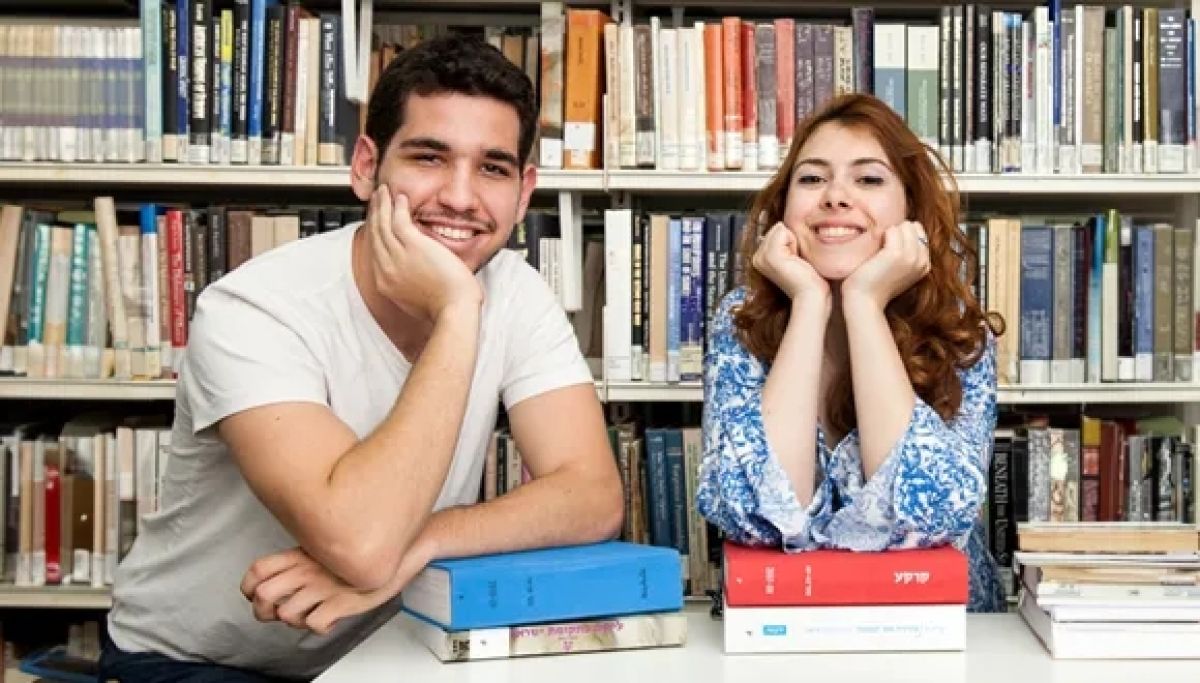
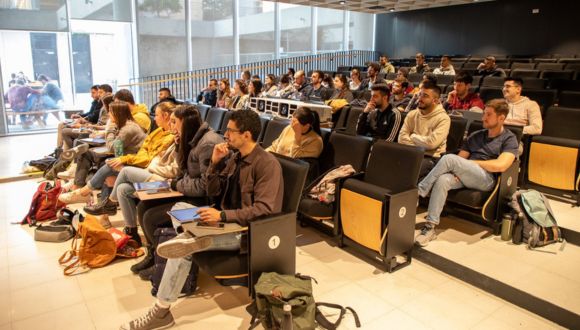 Additionally, students have the opportunity to work part-time, acquiring valuable local work experience. Daria Gurskaia, a second-year student in the BA in Liberal Arts and Management who made Aliyah in 2023, highlights, “In my current job, I get to apply the knowledge and skills we’ve learned in the classroom. Our program effectively prepares us for the job market, and working part-time during my studies will surely help me build my career.”
Additionally, students have the opportunity to work part-time, acquiring valuable local work experience. Daria Gurskaia, a second-year student in the BA in Liberal Arts and Management who made Aliyah in 2023, highlights, “In my current job, I get to apply the knowledge and skills we’ve learned in the classroom. Our program effectively prepares us for the job market, and working part-time during my studies will surely help me build my career.”
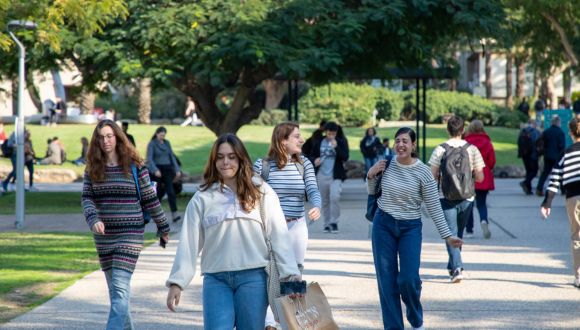 MA in TESOL graduates will receive an Israeli teaching certificate upon completing the full two-year program, enabling them to find employment in schools or colleges in Israel. In addition to a strong theoretical foundation, the curriculum includes practical training.
MA in TESOL graduates will receive an Israeli teaching certificate upon completing the full two-year program, enabling them to find employment in schools or colleges in Israel. In addition to a strong theoretical foundation, the curriculum includes practical training.
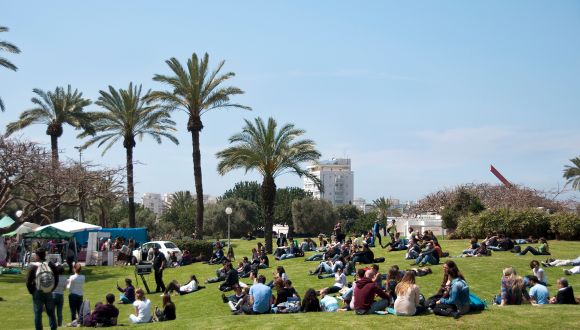 Additionally, Olim students have access to psychological guidance, provided either by a social worker or through a psychological support framework subsidized by the Israel Student Authority.
The tracks also come with partial or full funding for eligible students, and housing support grants are available to new Olim.
Additionally, Olim students have access to psychological guidance, provided either by a social worker or through a psychological support framework subsidized by the Israel Student Authority.
The tracks also come with partial or full funding for eligible students, and housing support grants are available to new Olim.
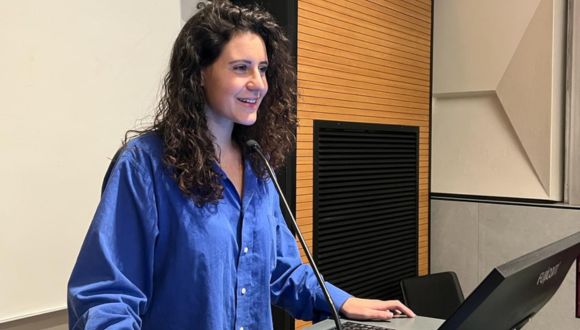 Noa Joffe, Olah from Germany
Noa Joffe, Olah from Germany
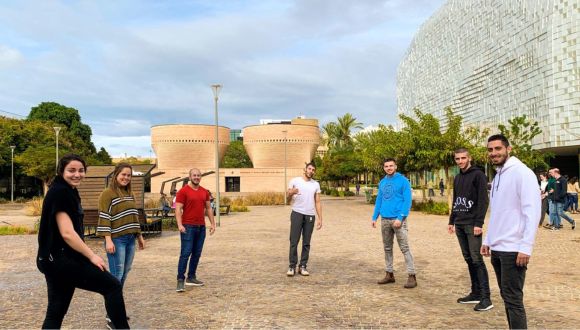 Explore new academic horizons, embrace cultural diversity, and contribute to Israel’s future by joining TAU’s integration tracks. To discover more about opportunities for Olim at Tel Aviv University, please visit the
Explore new academic horizons, embrace cultural diversity, and contribute to Israel’s future by joining TAU’s integration tracks. To discover more about opportunities for Olim at Tel Aviv University, please visit the 

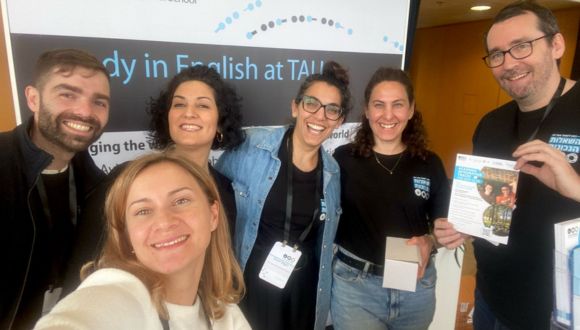


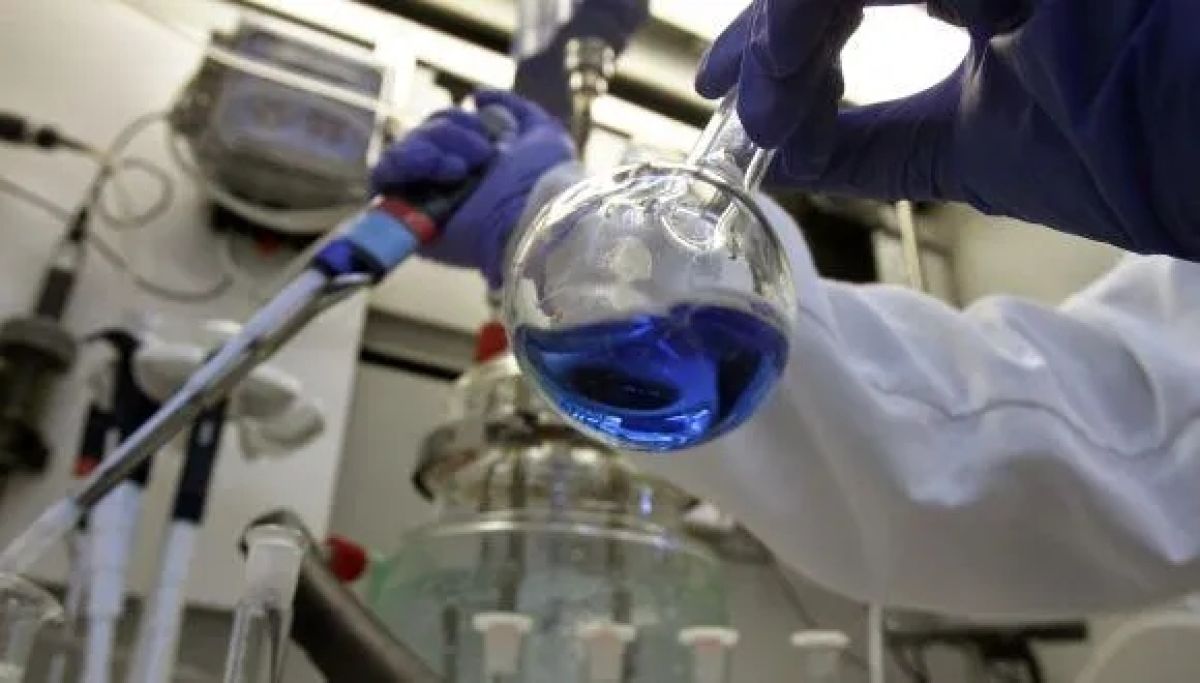
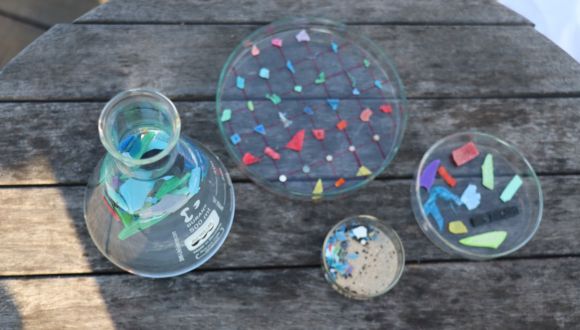 “These programs are a golden opportunity for Engineering or exact science majors keen on studying Biomedical or Environmental Engineering in the start-up nation,” comments Brian Rosen, Vice Dean for International Affairs in the
“These programs are a golden opportunity for Engineering or exact science majors keen on studying Biomedical or Environmental Engineering in the start-up nation,” comments Brian Rosen, Vice Dean for International Affairs in the 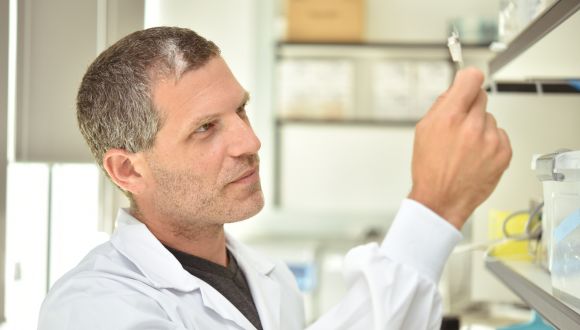 Professor Ben Maoz, Department of Bio-Medical Engineering, the head of the Biomedical Engineering MSc program
Within this program, students can explore nine primary
Professor Ben Maoz, Department of Bio-Medical Engineering, the head of the Biomedical Engineering MSc program
Within this program, students can explore nine primary 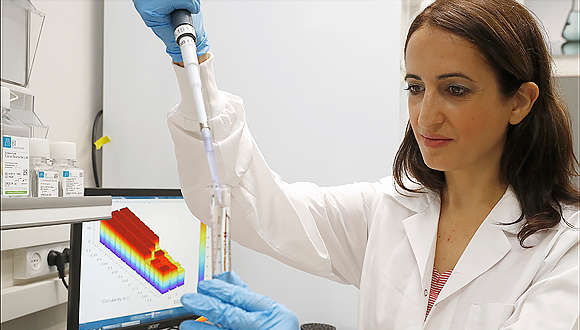 Professor Hadas Mamane, School of Mechanical Engineering, head of MSc in Environmental Engineering
Professor Hadas Mamane, the program head, assigns great importance to hands-on experience from day one:
Professor Hadas Mamane, School of Mechanical Engineering, head of MSc in Environmental Engineering
Professor Hadas Mamane, the program head, assigns great importance to hands-on experience from day one:
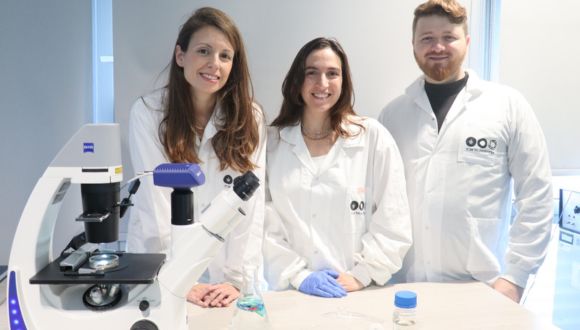 Dr Ines Zucker and her students
Whether immersing yourself in the intricacies of biomedical engineering or contributing to environmental solutions, these two new graduate programs at TAU promise a unique blend of academic rigor, practical application, and a pathway to diverse and impactful career opportunities. Embark on an educational journey that not only expands your knowledge but also positions you at the forefront of innovation in your chosen field.
International admissions are now open, and you can submit your application
Dr Ines Zucker and her students
Whether immersing yourself in the intricacies of biomedical engineering or contributing to environmental solutions, these two new graduate programs at TAU promise a unique blend of academic rigor, practical application, and a pathway to diverse and impactful career opportunities. Embark on an educational journey that not only expands your knowledge but also positions you at the forefront of innovation in your chosen field.
International admissions are now open, and you can submit your application 


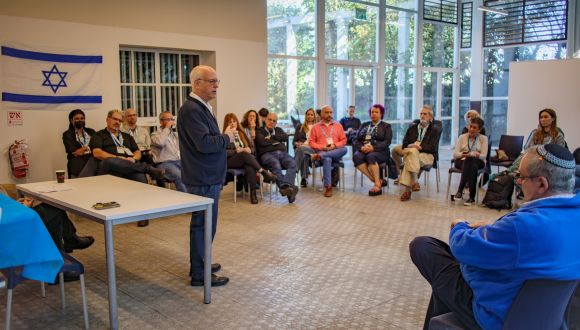 Prof Neta Ziv, Vice President for Equity, Diversity, and Community at TAU, spoke about creating a shared space for everybody on campus considering that universities are places where many members of Israeli society meet for the first time, having grown up in their separate communities.
Prof Neta Ziv, Vice President for Equity, Diversity, and Community at TAU, spoke about creating a shared space for everybody on campus considering that universities are places where many members of Israeli society meet for the first time, having grown up in their separate communities.
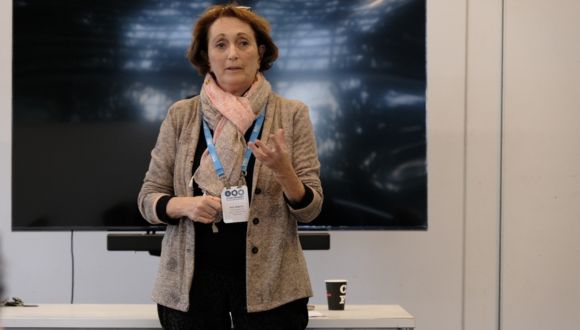 Prof Neta Ziv, Vice President for Equity, Diversity, and Community at TAU
Prior to opening the semester, faculty members received training on how to talk to students about what had happened, what to say and what not to say, how to contain the discourse and controversy in class.
Prof Neta Ziv, Vice President for Equity, Diversity, and Community at TAU
Prior to opening the semester, faculty members received training on how to talk to students about what had happened, what to say and what not to say, how to contain the discourse and controversy in class.
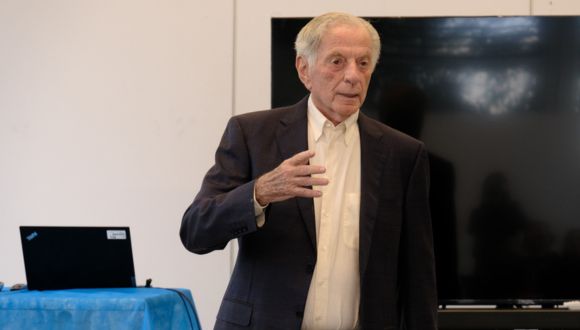 Prof Itamar Rabinovitch Professor Emeritus of Middle Eastern History at Tel Aviv University (Dayan Center for Middle Eastern and African Studies,); Israel’s former ambassador to the United States and former Chief Negotiator with Syria in the mid-1990s, and the former President of Tel Aviv University (1999-2007)
The expert panel, moderated by Prof Itzhak Friend, featured a talk by Prof Itamar Rabinovitch, former Israel’s Ambassador to the US, addressing the political ramifications of the ongoing conflict and President Biden’s proposed two-state solution. Prof. Daphna Hacker, a distinguished scholar in TAU’s Law and Gender Studies and an Independent Expert to the UN Committee on the Elimination of Discrimination Against Women, provided a compelling analysis of the gender dimensions within the ongoing hostilities.
Prof Itamar Rabinovitch Professor Emeritus of Middle Eastern History at Tel Aviv University (Dayan Center for Middle Eastern and African Studies,); Israel’s former ambassador to the United States and former Chief Negotiator with Syria in the mid-1990s, and the former President of Tel Aviv University (1999-2007)
The expert panel, moderated by Prof Itzhak Friend, featured a talk by Prof Itamar Rabinovitch, former Israel’s Ambassador to the US, addressing the political ramifications of the ongoing conflict and President Biden’s proposed two-state solution. Prof. Daphna Hacker, a distinguished scholar in TAU’s Law and Gender Studies and an Independent Expert to the UN Committee on the Elimination of Discrimination Against Women, provided a compelling analysis of the gender dimensions within the ongoing hostilities.
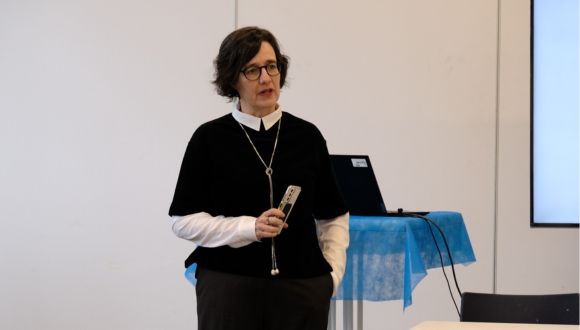 Prof. Daphna Hacker, Full Professor at the Law Faculty and the TAU Women and Gender Studies Program and an Independent Expert to the UN Committee on the Elimination of Discrimination Against Women
Prof. Daphna Hacker, Full Professor at the Law Faculty and the TAU Women and Gender Studies Program and an Independent Expert to the UN Committee on the Elimination of Discrimination Against Women
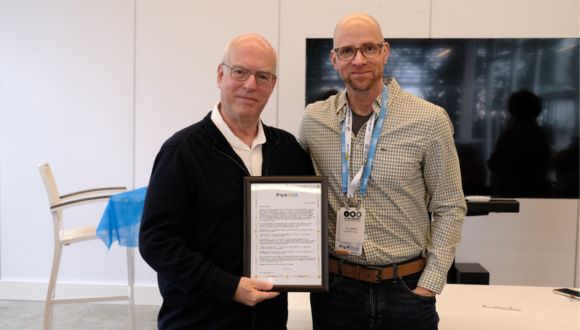 Prof Ariel Porat, TAU President, and Nir N. Hoftman, UCLA
Another delegation member, Dr. Tabia Lee, Director of Coalition for Empowered Education and Member of Free Black Thought, expressed her happiness in learning about Israel’s rich history of diversity and inclusion.
“I’m very excited to hear the perspectives of professors and to hear them actively engage with questions. Seeing people being able to challenge each other, to adjust positions and perspectives is very inspiring, and I’m going to take that back home as a model,” said Lee.
She further stated that one of the primary purposes of the visit was to meet local communities, speak to families, witness the actual sights, and express solidarity with the people of Israel during this time.
Prof Ariel Porat, TAU President, and Nir N. Hoftman, UCLA
Another delegation member, Dr. Tabia Lee, Director of Coalition for Empowered Education and Member of Free Black Thought, expressed her happiness in learning about Israel’s rich history of diversity and inclusion.
“I’m very excited to hear the perspectives of professors and to hear them actively engage with questions. Seeing people being able to challenge each other, to adjust positions and perspectives is very inspiring, and I’m going to take that back home as a model,” said Lee.
She further stated that one of the primary purposes of the visit was to meet local communities, speak to families, witness the actual sights, and express solidarity with the people of Israel during this time.
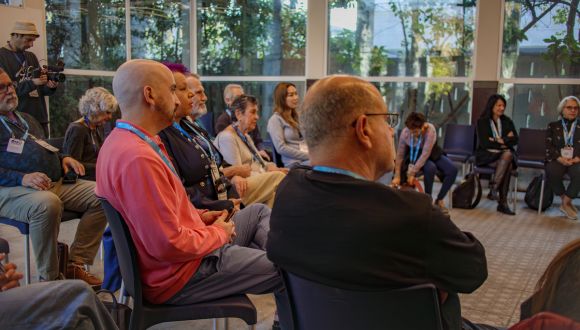 During the concluding discussion, the UCLA delegation expressed their commitment to building relationships with TAU faculty underscoring the collective pursuit of fostering meaningful collaborations on faculty and student level.
During the concluding discussion, the UCLA delegation expressed their commitment to building relationships with TAU faculty underscoring the collective pursuit of fostering meaningful collaborations on faculty and student level.









